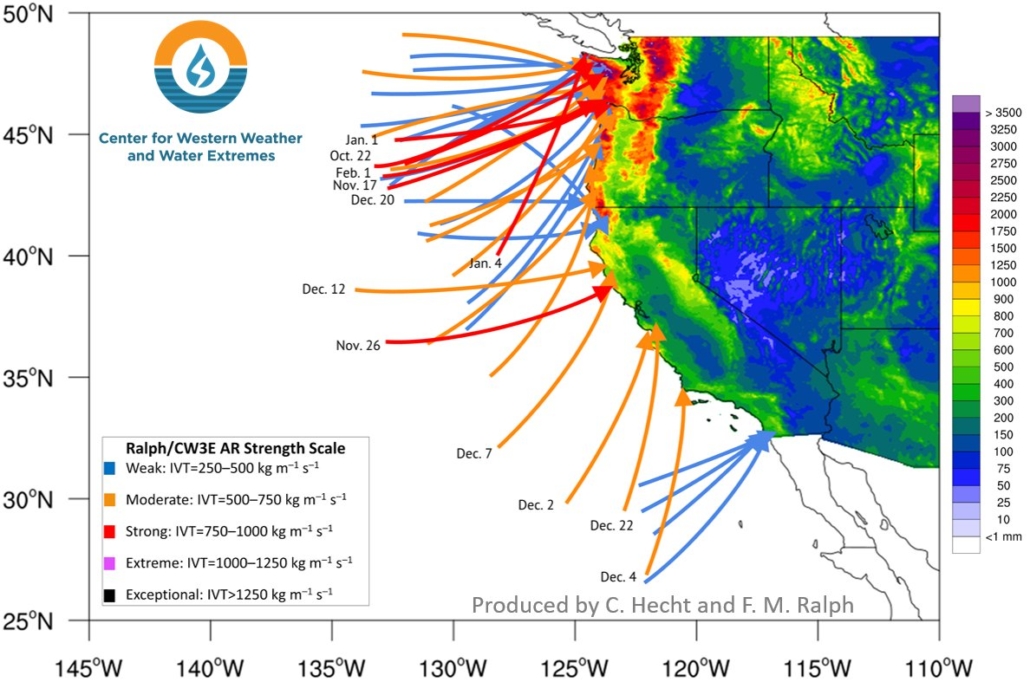Nearly three in four water and wastewater treatment plants are worried about running out of masks, gowns, and gloves to protect workers from the deadly coronavirus, according to a survey of utilities.
The survey, released late Tuesday, reveals that the same proportion of utilities are also concerned about being able to keep workers 6 feet apart at all times to prevent transmission of the virus that causes Covid-19.
The findings are a snapshot of the concerns a subset of the nation’s water and wastewater utilities shared with the nonprofit American Water Works Association, which conducted the survey March 25-30. Responses came from 532 utilities, and the margin of error was plus or minus 4 percentage points.
With the nation grappling to keep the coronavirus pandemic in check, clean and safe running water for washing hands and other cleaning has been deemed an essential service.



